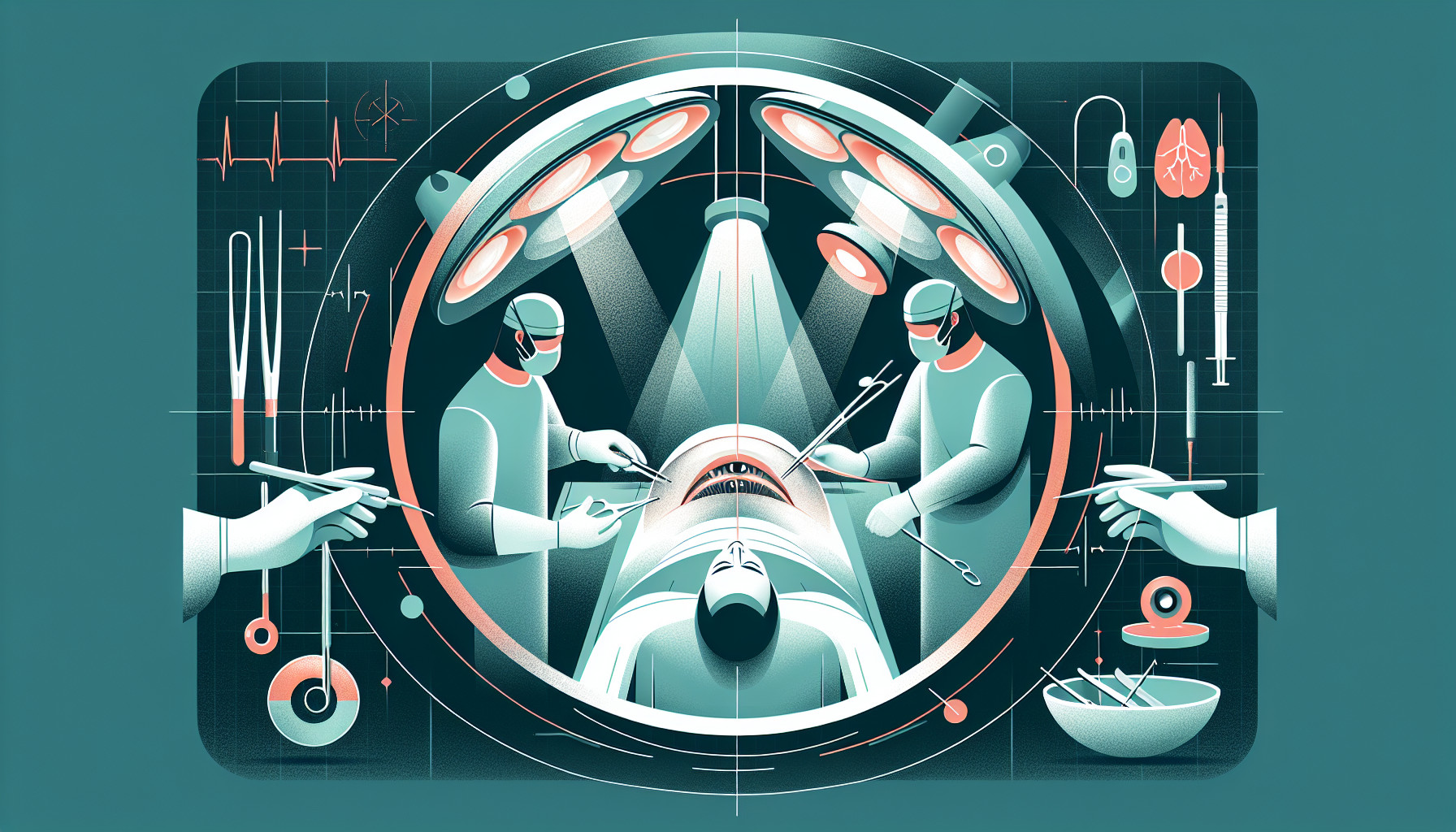Our Summary
This research paper is a comprehensive review of different methods used to dilate pupils during cataract surgery throughout history and in modern times. When dealing with patients who have smaller pupils, the paper suggests that doctors should use a combination of eye drops and injections that enlarge the pupil, along with the right surgical tools and techniques to physically expand the pupil. The paper also mentions the use of specific devices, like iris hooks and pupil expanders, to assist in the process.
FAQs
- What are the current state-of-the-art pupil dilatation methods for cataract surgery?
- How are small pupil cases managed in cataract surgery?
- What are iris hooks and pupil expanders used for in cataract surgery?
Doctor’s Tip
A helpful tip a doctor might tell a patient about cataract surgery is to follow the pre-operative instructions carefully, including avoiding food and drink before the surgery as instructed. This will help ensure a successful procedure and optimal outcomes.
Suitable For
Patients who are typically recommended for cataract surgery include those with significant visual impairment due to cataracts, difficulty performing daily activities such as driving or reading, and decreased quality of life. Other factors that may warrant cataract surgery include a significant decrease in visual acuity, glare or halos around lights, and difficulty seeing at night. Patients with certain medical conditions such as diabetes or high myopia may also be recommended for cataract surgery to prevent further complications. It is important for patients to consult with their ophthalmologist to determine if they are a candidate for cataract surgery.
Timeline
Before cataract surgery:
- Patient undergoes a comprehensive eye exam to determine the need for surgery.
- Patient discusses options with their ophthalmologist and selects a date for the surgery.
- Patient may need to stop taking certain medications before the surgery.
- On the day of the surgery, the patient arrives at the surgical center and prepares for the procedure.
After cataract surgery:
- Patient is monitored for a short period of time after the surgery to ensure there are no immediate complications.
- Patient is given post-operative instructions for care, including eye drops and activity restrictions.
- Patient may experience some discomfort or blurry vision initially, but this should improve over time.
- Patient attends follow-up appointments with their ophthalmologist to monitor healing and vision improvement.
- Patient may need prescription glasses or contact lenses after the surgery to fully correct their vision.
What to Ask Your Doctor
- What are the risks and benefits of cataract surgery for my specific case?
- What type of anesthesia will be used during the surgery?
- How long will the surgery take and what is the recovery time?
- What can I expect in terms of vision improvement after the surgery?
- Will I need to wear glasses or contacts after the surgery?
- What are the potential complications of cataract surgery?
- Will I need any follow-up appointments or additional treatments after the surgery?
- How experienced are you in performing cataract surgery?
- Can you provide me with information on the specific method of pupil dilatation you will be using during the surgery?
- Are there any alternative treatment options to cataract surgery that I should consider?
Reference
Authors: Malyugin B. Journal: Indian J Ophthalmol. 2017 Dec;65(12):1323-1328. doi: 10.4103/ijo.IJO_800_17. PMID: 29208812
